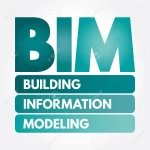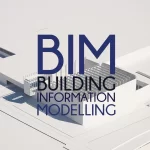Overview
The Buildings Under Construction Supervision Program is a training program provided through an interactive training course designed to provide course participants with the necessary knowledge and basic principles of the project’s phase-over supervision process, including preparatory works, earthmoving works, concrete works, building works, and finishes. It reviews the roles, tasks, and skills required for each of the owner’s representatives, consultants, and contractors
Training schedule
20 training hours divided into 5 days, starting from 5 to 9 pm
Course training methodology
This is an interactive course that includes presentations, video presentations and illustrations, and discussions with participants.
Course content
- Preliminary works on the site before starting work.
- Earthworks and damming.
- Reinforced concrete works for bases, columns, and ceilings.
- Building works.
- finishing works.
Course objectives
- Learning engineering supervision skills on buildings under construction.
- Learning the principles of reviewing and approving the executive designs of buildings under construction.
- Clarifying how works conform to technical specifications and industry assets during implementation.
- Learning how to approve employment technically and administratively.
- Learning how to request and provide technical and engineering consultancy during work.
- Studying and evaluating risks and recommending decisions.
Targeted groups
- Civil engineers, architects, and technicians in the field of construction and building.
- Managers and heads of engineers, technicians, and their assistants in private organizations, ministries, and government institutions.
- Employees in the public and private sectors, commercial institutions, and charities.
- Middle management employees, assistant managers, supervisory departments, and people that manage maintenance and operation






